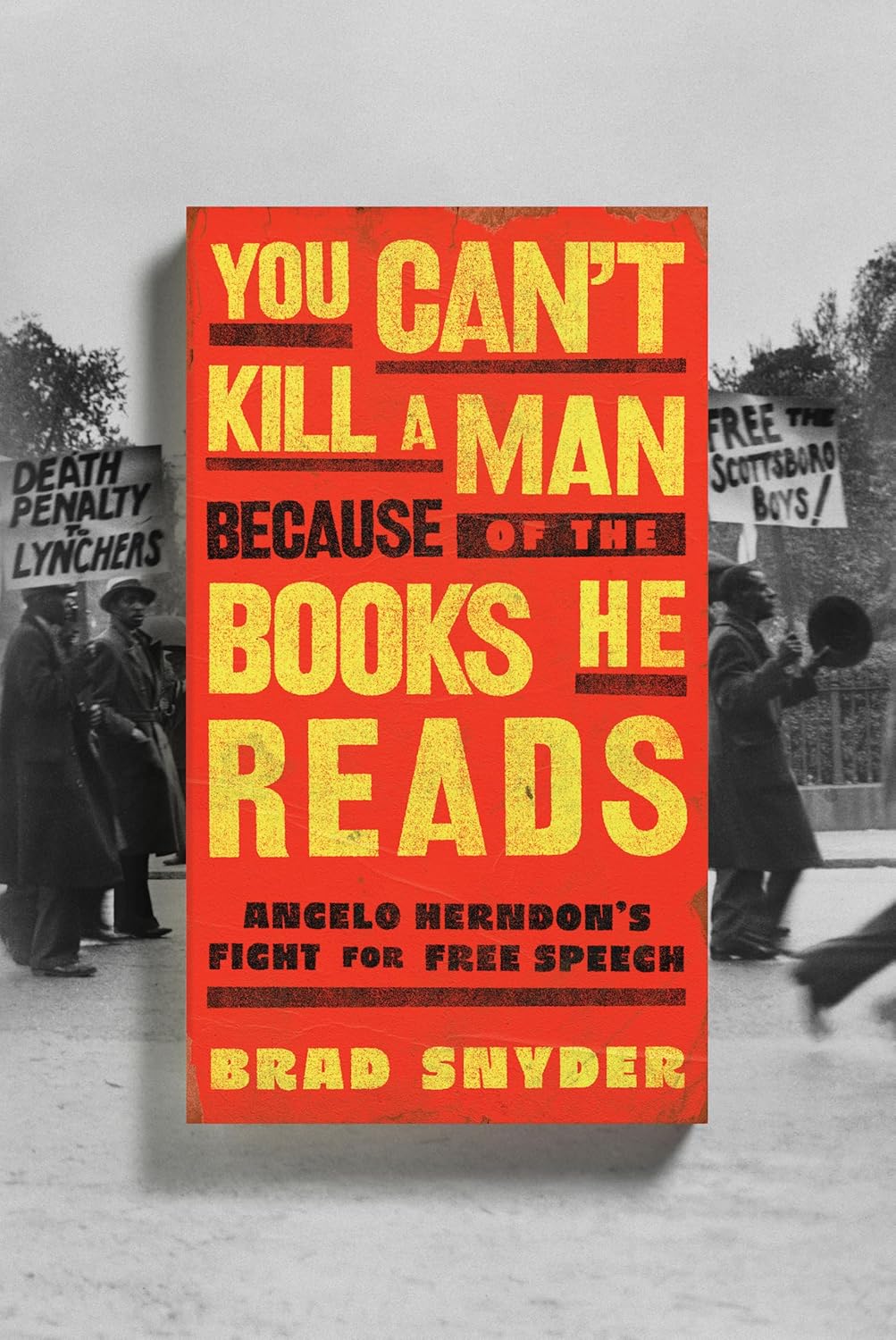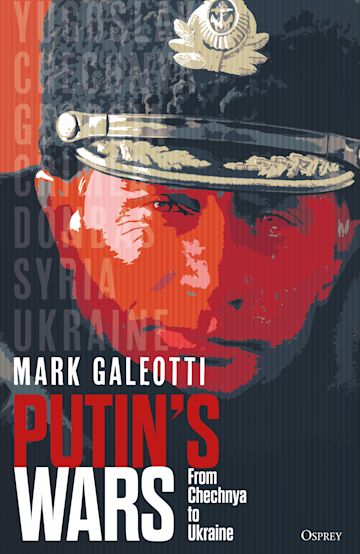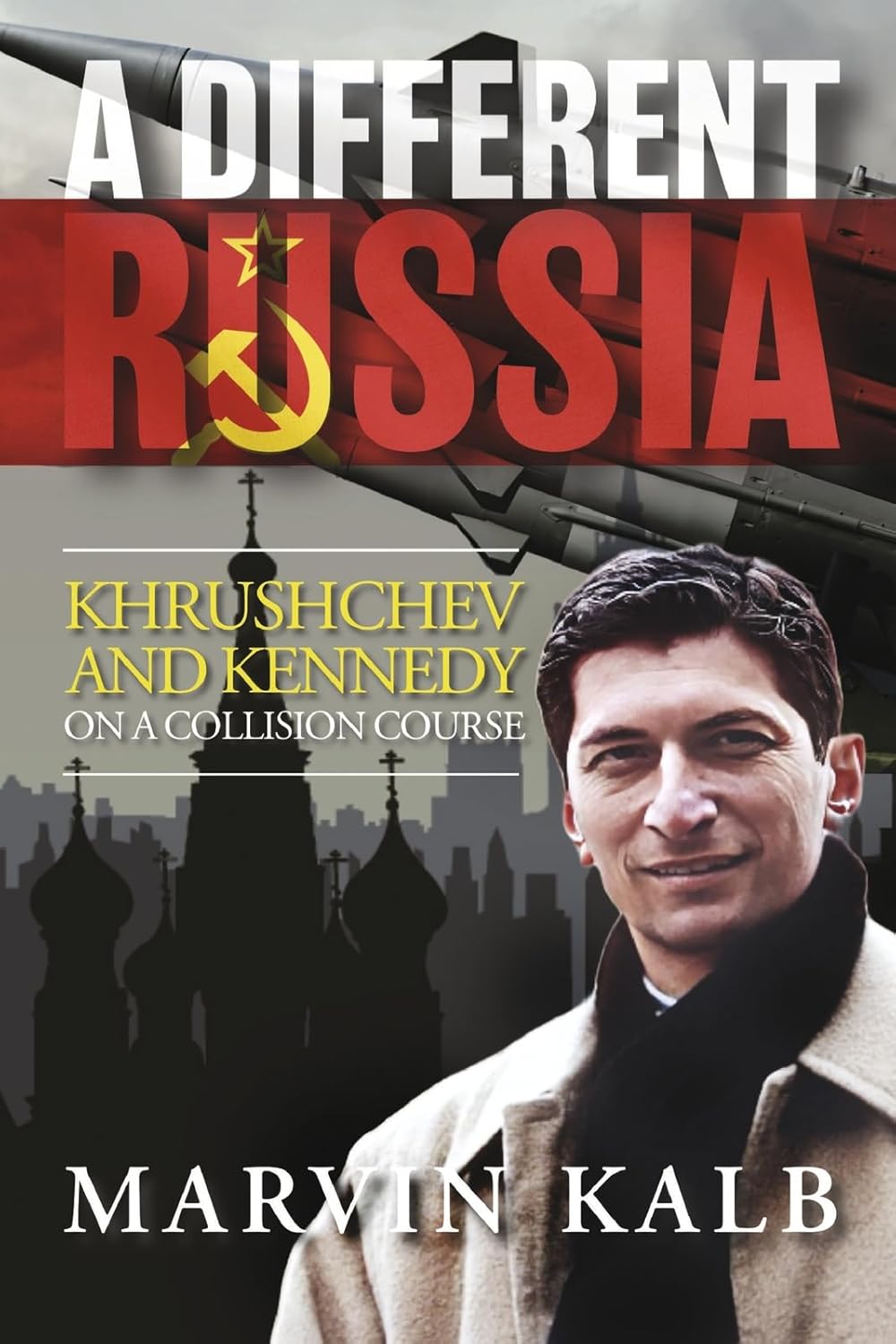You Can’t Kill a Man Because of the Books He Reads: Angelo Herndon’s Fight for Free Speech
- By Brad Snyder
- W.W. Norton & Company
- 336 pp.
- Reviewed by Todd Kushner
- February 26, 2025
Why a 1930s Black activist could’ve gotten the chair.

When Angelo Herndon was arrested in Atlanta in 1932 after organizing an interracial anti-poverty protest, authorities took harsh measures to ensure his conviction: They built their case on evidence gathered from warrantless searches, attempted to coerce a confession (by, among other things, sitting Herndon in a mock electric chair), and subjected him to six months of inhumane prison treatment (including feeding him inedible, rock-filled food and denying him medical care).
Herndon, an 18-year-old Black Communist, was ultimately convicted by an all-white jury in 1933 for attempting to incite insurrection, potentially a capital offense. His “insurrectionary” actions were organizing and attending mass meetings, encouraging people to join the Communist Party, and possessing and circulating radical literature. For his alleged crimes, Herndon was sentenced to 18-20 years on a chain gang.
In You Can’t Kill a Man Because of the Books He Reads, Georgetown University law professor Brad Snyder focuses on the legal aspects of Herndon’s struggle to overturn his conviction. The author of several other books — including a well-regarded biography of Supreme Court Justice Felix Frankfurter — Snyder was already familiar with Herndon’s story through two other works: the young man’s own autobiography, Let Me Live, and The Angelo Herndon Case and Southern Justice by Charles H. Martin.
These accounts left Snyder with lingering questions about Herndon’s motivations, the reasons notable persons rallied to his defense, and the considerations behind the Supreme Court’s eventual decision to overturn his conviction. Snyder also sought to uncover why Herndon died in obscurity after years of prominence as a Harlem literary star.
The legal battles over the conviction centered on the key question of whether “insurrection” required an imminent threat of violence or danger to the lawful government. The Communist Party launched an extensive campaign to publicize Herndon’s plight, making him a cause célèbre; 2 million people worldwide signed a petition calling for his release. Ultimately, the Supreme Court ruled 5-4 in Herndon’s favor, a decision that Columbia Law School professor Kendall Thomas characterized as “one of the great civil liberties decisions of the 1930s.”
Snyder’s account centers on the personalities, backgrounds, and motivations of the prominent people, particularly lawyers, who were instrumental in Herdon’s defense. Inspired by James Goodman’s Stories of Scottsboro, he organizes each chapter around someone who fought for Herndon. These included Benjamin J. Davis Jr., a Black Harvard Law School graduate who’d never tried a criminal case; C. Vann Woodward, a 24-year-old Georgia Tech professor who helped lead the Provisional Committee for the Defense of Angelo Herndon; Carol Weiss King, a New York lawyer brought in by the International Legal Defense, the legal arm of the American Communist Party, to draft Herndon’s briefs; Whitney North Seymour, a Wall Street lawyer and establishment Republican who argued Herndon’s case before the Supreme Court; and Charles Hamilton Houston, lead counsel for the NAACP.
You Can’t Kill a Man is underpinned by extensive archival research, including Herndon’s FBI files (which required a lawsuit to access), and is valuable in several ways. It features memorable depictions of Communist Party strategies for making inroads in the American South, discussions of how Communist actions were influenced from Moscow, and analysis of the NAACP’s internal debate over how much to cooperate with the Communists in advancing the civil rights of Black Americans. Also noteworthy is the author’s commentary on the influence of President Franklin D. Roosevelt’s court-packing plan on the ultimate outcome of the Herndon case.
Snyder bills his work as narrative history, a genre that requires not only meticulous research and scrupulous accuracy but also a compelling story. The best examples read like novels. Unfortunately, this book isn’t one of them. While he chronicles major events in Herndon’s legal battle, Snyder tells us what happened rather than shows us; his characters never speak to the reader or each other. As a result, the overall story is too often lost. Those seeking to find more of it may want to consult Charles H. Martin’s “Communists and Blacks: The ILD and the Angelo Herndon case” or Mark Tushnet’s “The Hughes Court and Radical Political Dissent” to fill in some of the gaps.
Todd Kushner is a retired U.S. Foreign Service Officer. The views expressed are his alone and do not represent the views of the U.S. government.

